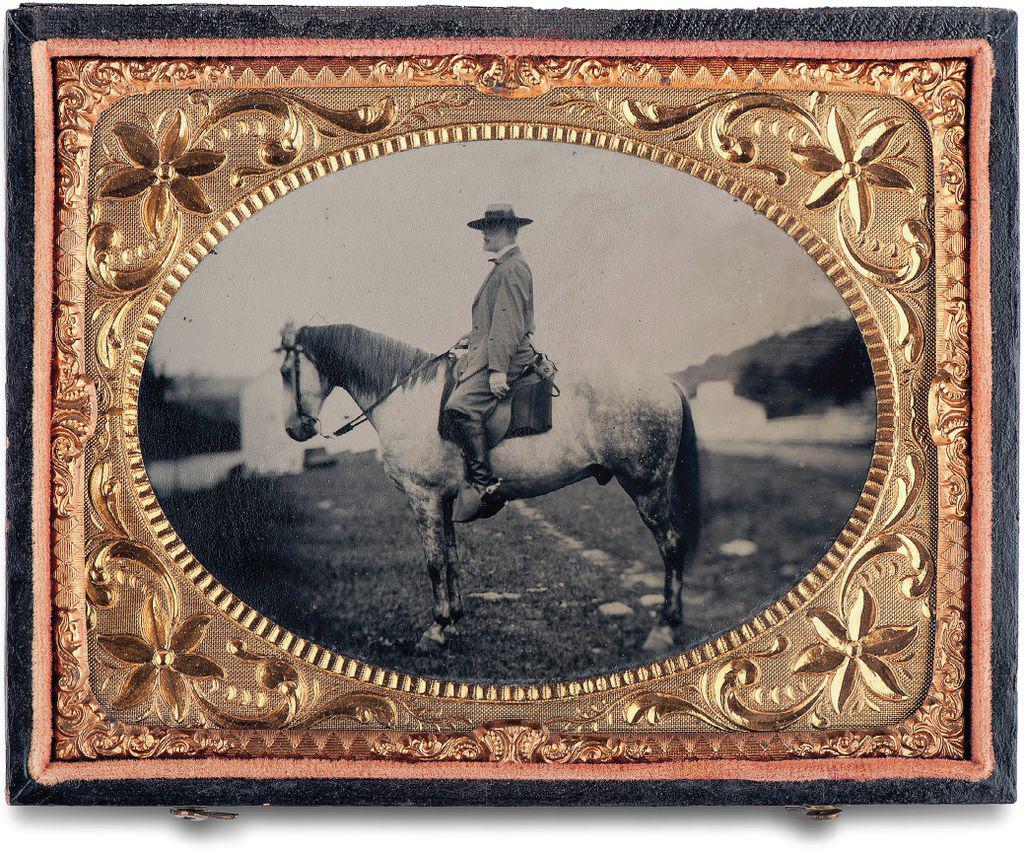THE DESPERATE GAMBLE

FOLLOWING THE CARNAGE of Maj. Gen. George Pickett’s failed frontal assault against the Union center at Gettysburg on July 3, 1863, General Robert E. Lee rode among survivors of Pickett’s Division as they returned to the sheltering slopes of Seminary Ridge. Luckily for future students of the battle, Sir Arthur James Lyon Fremantle, the British observer and diarist temporarily attached to James Longstreet’s headquarters, was on the scene to record Lee “engaged in rallying and in encouraging the broken troops.” When Brig. Gen. Cadmus M. Wilcox approached the commanding general, “almost crying” in Fremantle’s judgment, “Lee his fault—provides powerful evidence of his style of generalship’s gruesome cost.
You’re reading a preview, subscribe to read more.
Start your free 30 days



